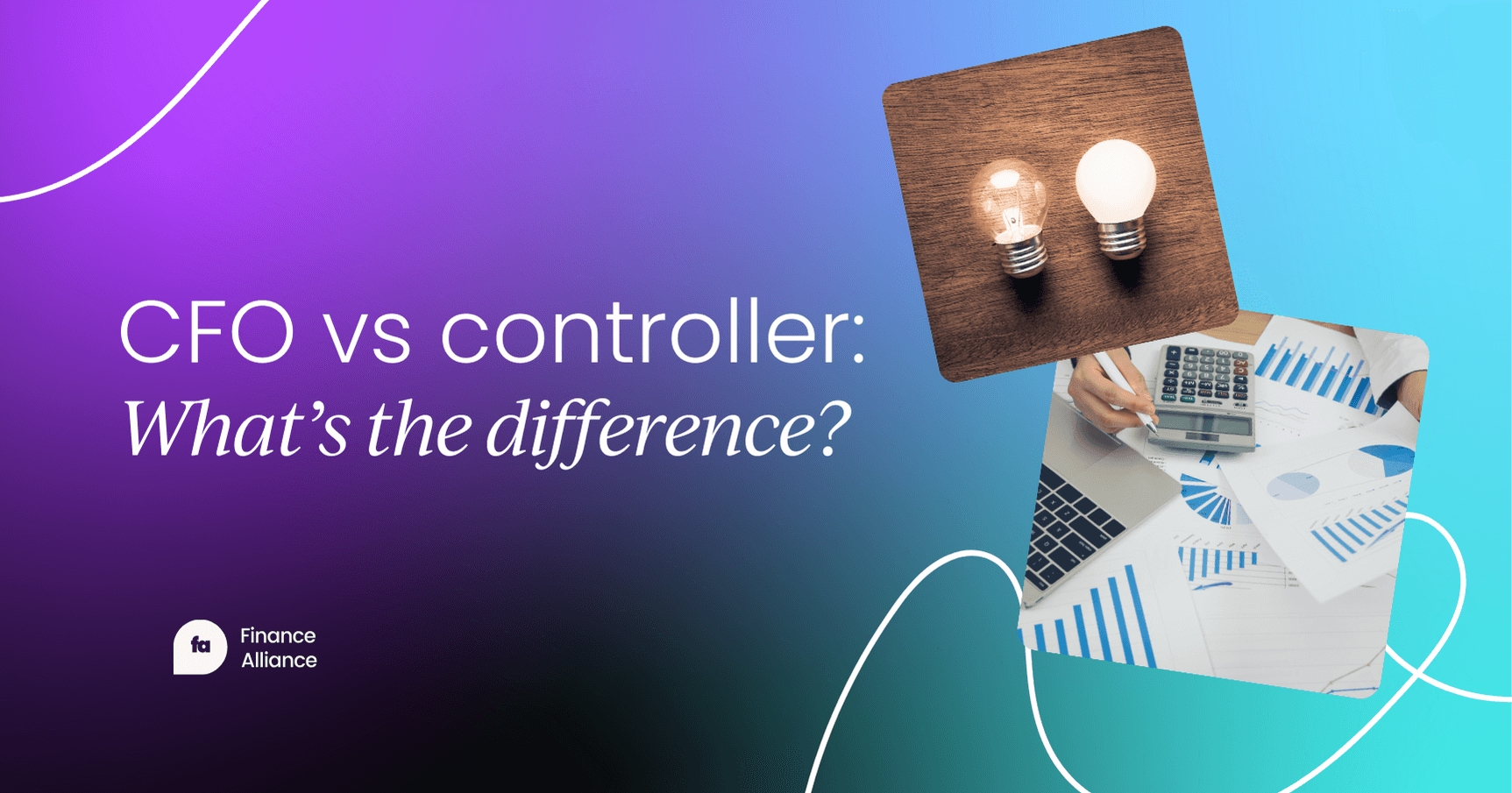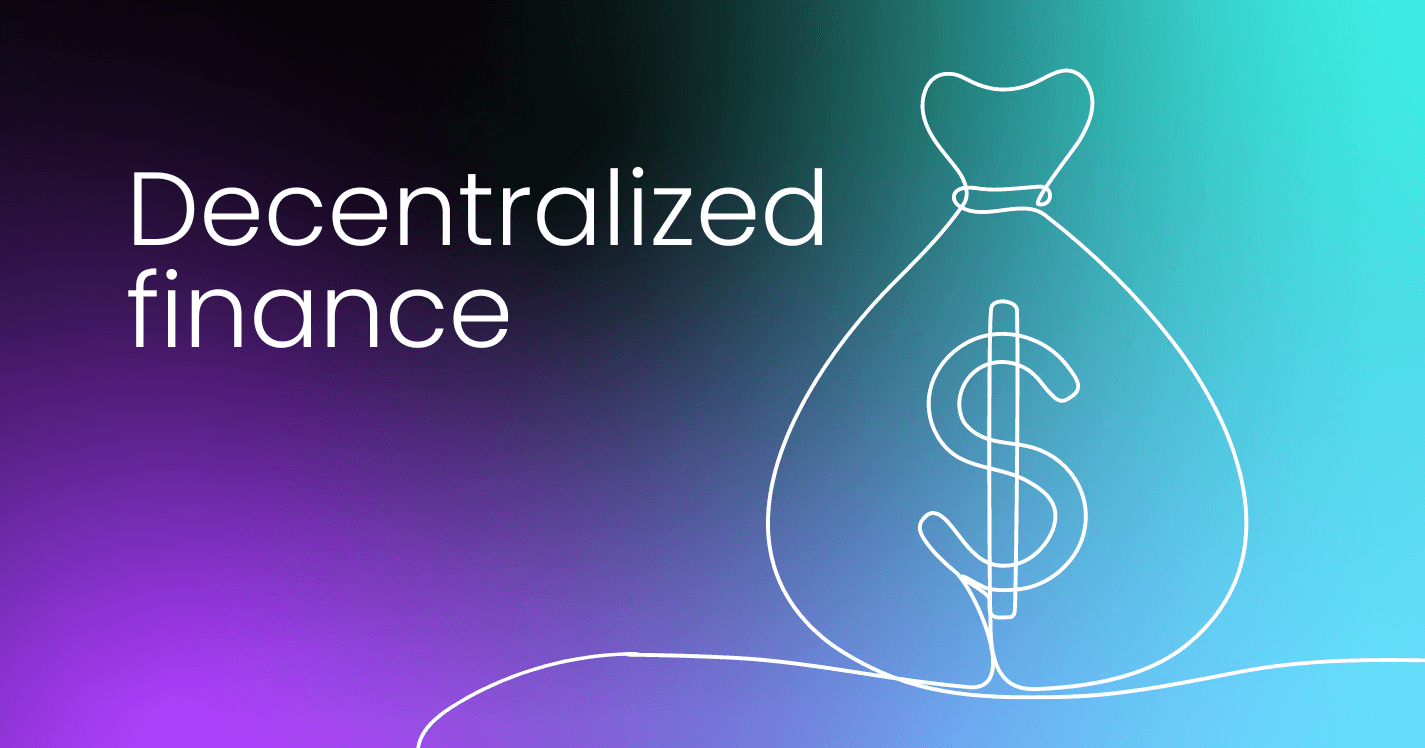The world of finance is on the cusp of a revolution, driven by the emergence of decentralized finance (DeFi). DeFi is an ecosystem of financial applications and services built on blockchain technology, enabling peer-to-peer transactions without the need for traditional intermediaries like banks or other centralized institutions.
At its core, DeFi aims to democratize finance by providing an open, transparent, and permissionless system accessible to anyone with an internet connection. Unlike traditional finance, where control is centralized and access is often restricted, DeFi operates on decentralized networks, ensuring that no single entity has control over the system.
The DeFi ecosystem is rapidly expanding, offering a wide range of services, including lending and borrowing platforms, decentralized exchanges (DEXs), stablecoins, and more.
Decentralized lending platforms
One of the most significant DeFi applications is decentralized lending platforms, which allow users to lend or borrow cryptocurrencies without the need for a traditional financial institution. These platforms use smart contracts, self-executing contracts built on blockchain technology, to facilitate the lending and borrowing process.
Lenders can earn interest by providing liquidity to the platform, while borrowers can access loans without undergoing traditional credit checks or providing collateral. Another critical component of the DeFi ecosystem is decentralized exchanges (DEXs). Unlike centralized exchanges, which act as intermediaries and hold users' funds, DEXs facilitate peer-to-peer trading of cryptocurrencies without a central authority.
This decentralized approach eliminates the need for a trusted third party, reducing the risk of hacks, censorship, and other potential security issues associated with centralized exchanges.
Stablecoins, cryptocurrencies designed to maintain a stable value relative to a fiat currency or a basket of assets, play a crucial role in the DeFi ecosystem. They provide a stable medium of exchange, enabling users to participate in DeFi applications without being exposed to the volatility of cryptocurrencies like Bitcoin or Ethereum.

DeFi challenges
While DeFi offers numerous advantages, such as increased accessibility, transparency, and security, it also faces several challenges. One of the most significant concerns is the lack of regulatory oversight, which could lead to potential risks, including market manipulation, fraud, and money laundering.
Additionally, the technical complexities of DeFi applications and the potential for smart contract vulnerabilities raise concerns about the security and reliability of these systems.
Despite these challenges, the DeFi ecosystem continues to grow rapidly, attracting significant investment and attention from both traditional financial institutions and cryptocurrency enthusiasts.
How DeFi can disrupt traditional finance
As the technology matures and regulatory frameworks are established, DeFi has the potential to disrupt traditional finance by offering a more inclusive, transparent, and efficient financial system.
There are a few key factors that make it challenging for existing traditional banks to fully invest in and control the decentralized finance (DeFi) ecosystem:
1. Decentralized nature
DeFi protocols and platforms are designed to be decentralized, with no single entity controlling or governing the system. This goes against the centralized structure of traditional banks, which are heavily regulated and controlled by central authorities.
2. Lack of regulatory clarity
The regulatory landscape for DeFi is still evolving and lacks clear guidelines in many jurisdictions. Traditional banks operate under strict regulations and may be hesitant to invest heavily in an area with uncertain regulatory implications.
3. Different business models
DeFi protocols are often built on open-source, permissionless, and trustless principles, which clash with the traditional business models of banks that rely on intermediaries and centralized control.
4. Disruptive potential
DeFi aims to disrupt traditional financial services by offering an alternative system that eliminates the need for intermediaries like banks. Existing banks may be hesitant to invest heavily in a technology that could potentially disrupt their core business.
5. Technological challenges
DeFi protocols are built on complex blockchain technology and smart contracts, which may require traditional banks to acquire new technical expertise and infrastructure to participate effectively.
6. Cultural resistance
The decentralized, transparent, and open nature of DeFi may clash with the traditional corporate culture and practices of banks, which could lead to resistance in fully embracing the technology.
However, it's important to note that some traditional banks and financial institutions are exploring ways to integrate certain aspects of DeFi, such as tokenization, decentralized lending, and blockchain-based payments, into their existing systems. This is often done through partnerships, investments in DeFi startups, or by building their own DeFi-inspired products and services.
Ultimately, the core principles of DeFi, such as decentralization, transparency, and disintermediation, make it challenging for traditional banks to completely control and centralize the ecosystem without fundamentally altering its underlying philosophy and structure.

How traditional banks are dealing with DeFi
Traditional banks are taking a range of approaches to deal with the disruptive potential of decentralized finance (DeFi):
1. Observing and learning
Many banks are closely monitoring the development of DeFi and trying to understand its implications for the traditional financial system. They are studying the technology, use cases, and potential risks and opportunities.
2. Partnering and investing
Some banks are partnering with DeFi companies or investing in DeFi startups to gain exposure and learn from the inside. This allows them to explore the technology without fully committing their core business.
3. Building in-house DeFi capabilities
A few progressive banks are building their own DeFi-inspired products and services, such as tokenized assets, decentralized lending platforms, or blockchain-based payment systems. This allows them to offer DeFi-like services within a regulated framework.
4. Lobbying and advocating
Banks are also working with regulators and policymakers to shape the regulatory landscape surrounding DeFi. They aim to ensure that any new regulations protect their interests and maintain their competitive advantage.
5. Offering custodial services
Some banks are exploring offering custodial services for digital assets and cryptocurrencies, which could help bridge the gap between traditional finance and DeFi.
6. Developing enterprise blockchain solutions
Banks are investing in enterprise blockchain solutions that could potentially integrate with DeFi protocols, allowing them to leverage the technology without fully embracing the decentralized aspect.
7. Acquiring DeFi startups
A few banks have acquired DeFi startups or companies working on blockchain and cryptocurrency solutions, bringing the talent and technology in-house.
8. Maintaining a cautious stance
Some banks are taking a more cautious approach, citing regulatory uncertainties, security risks, and the potential for financial instability as reasons for not fully embracing DeFi yet.
Overall, while some banks are actively exploring DeFi, others remain skeptical or adopt a wait-and-see approach. The response from traditional banks varies, reflecting the disruptive nature of DeFi and the potential challenges it poses to their existing business models.

Predictions about the future of decentralized finance
The potential impact of decentralized finance (DeFi) on traditional banks is significant, and it's challenging to predict the exact magnitude and market size due to the rapidly evolving nature of the technology and industry.
However, here's an assessment based on current trends and projections:
1. Potential impact on traditional banks
Disintermediation: DeFi protocols aim to eliminate the need for intermediaries like banks, posing a direct threat to their role as financial middlemen.
Loss of market share: As more users adopt DeFi services for lending, borrowing, trading, and other financial activities, traditional banks could lose a substantial portion of their market share.
Reduced profit margins: The transparent and open nature of DeFi could lead to increased competition and lower fees, squeezing profit margins for traditional banks.
Regulatory challenges: Banks may face pressure to adapt to new regulations and oversight mechanisms as DeFi grows, potentially increasing their compliance costs.
2. Anticipated market size
According to a report by Reditrust, the total value locked (TVL) in DeFi protocols surpassed $200 billion in 2022, indicating significant growth and adoption.
Projections by Crypto.com suggest that the DeFi market could reach a value of $507 billion by 2028, with a compound annual growth rate (CAGR) of around 43.8% between 2022 and 2028.
A report by MarketsandMarkets estimates the global DeFi market size to grow from $13.8 billion in 2022 to $507.9 billion by 2029, representing a CAGR of around 43.2% during the forecast period.
It's important to note that these projections are subject to various factors, including regulatory developments, mainstream adoption, technological advancements, and the overall growth of the cryptocurrency and blockchain ecosystem.
While DeFi has the potential to significantly disrupt traditional banking services, it's unlikely to completely replace traditional banks in the near future. However, banks that fail to adapt and integrate DeFi components into their offerings may face challenges in retaining market share and remaining competitive in the long run.
Ultimately, the impact of DeFi on traditional banks will depend on their ability to innovate, collaborate, and adopt DeFi concepts or develop complementary services that cater to the evolving needs of customers seeking decentralized, transparent, and efficient financial solutions.




 Follow us on LinkedIn
Follow us on LinkedIn




